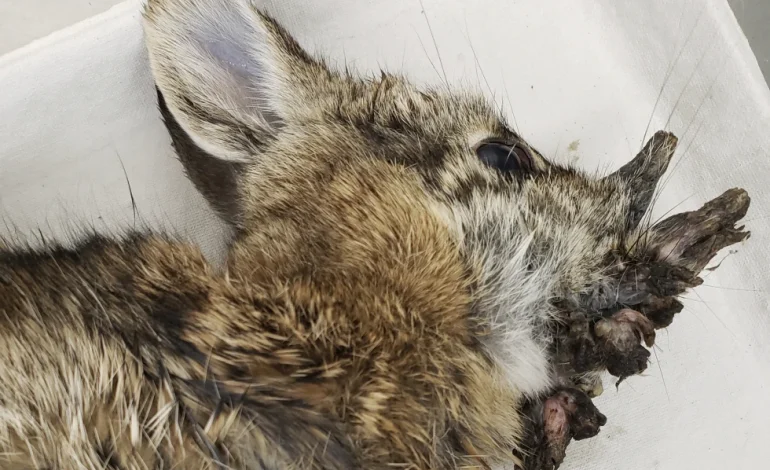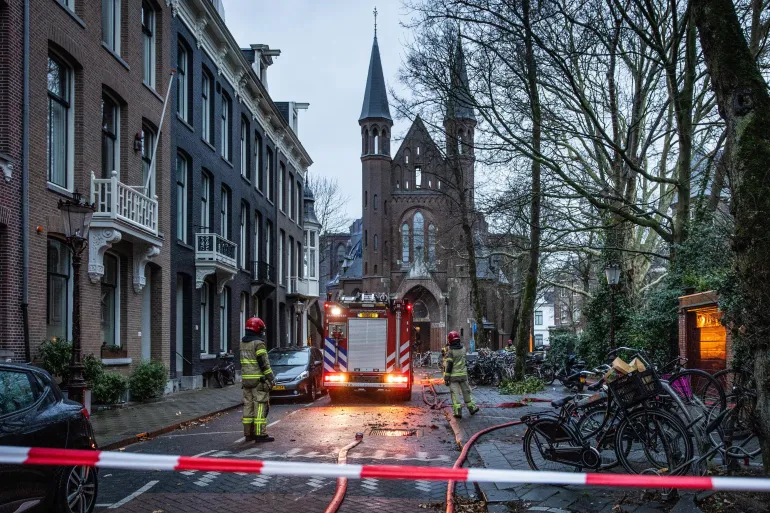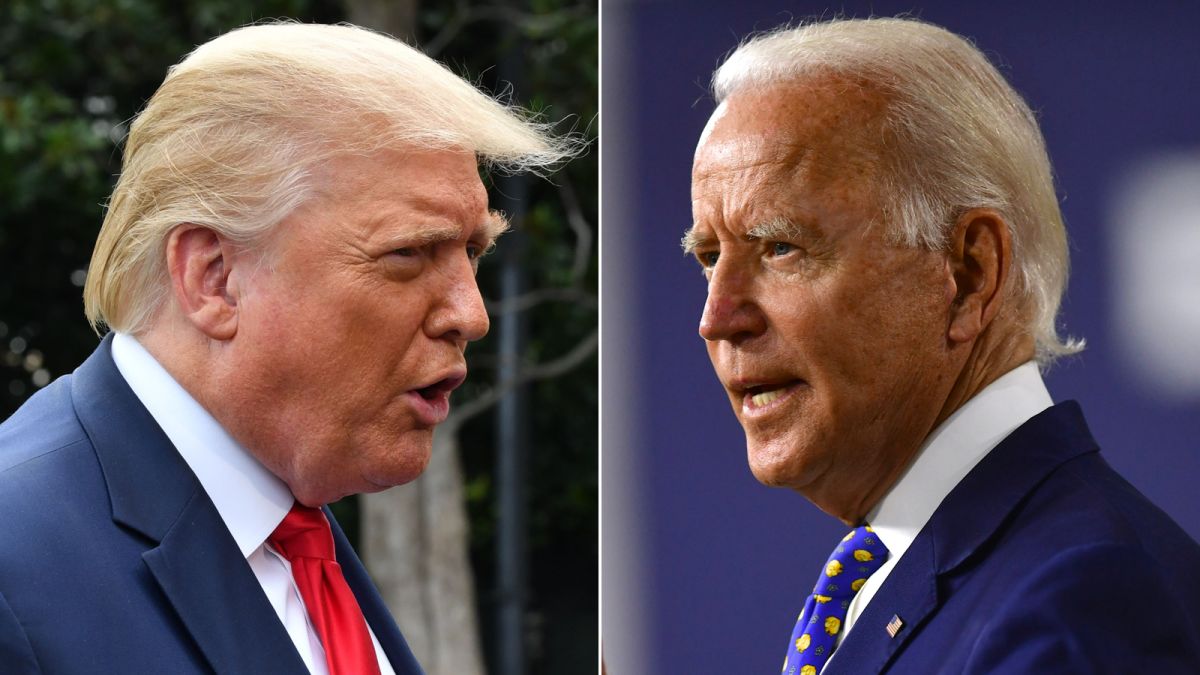Colorado’s “Zombie Rabbits” Aren’t Monsters — Just Victims of Common Virus

A group of rabbits spotted hopping around Fort Collins, Colorado, with hornlike growths on their heads might look like escapees from a horror flick — but wildlife experts say there’s nothing supernatural about them.
The animals are infected with Shope papillomavirus, a relatively common virus that causes wart-like growths. When they sprout from the face, the lumps can look like grotesque horns, earning the rabbits viral nicknames such as “Frankenstein bunnies,” “demon rabbits” and “zombie rabbits.”
“It’s not uncommon to see infected rabbits, especially in the summer, when the fleas and ticks that spread the virus are most active,” Kara Van Hoose, spokesperson for Colorado Parks and Wildlife, told the Associated Press. She stressed that the virus is limited to rabbits and can’t spread to people or pets.
The condition may look alarming, but it rarely harms the rabbits unless the growths cover their eyes or mouths, making it hard for them to eat. Most of the time, the animals’ immune systems eventually clear the infection and the growths vanish.
The virus has been around for decades — long before it became a viral sensation online. It even helped inspire North America’s jackalope myth of a rabbit with antlers, and it contributed to early scientific understanding of the link between viruses and cancer.
The disease was first documented in the 1930s by Dr. Richard E. Shope of The Rockefeller University, who studied infected cottontails. His work later helped scientists understand human papillomavirus (HPV), which is linked to cervical cancer.









The latest news in your social feeds
Subscribe to our social media platforms to stay tuned